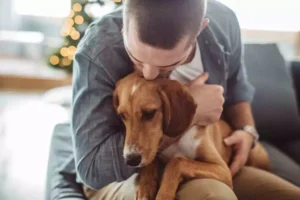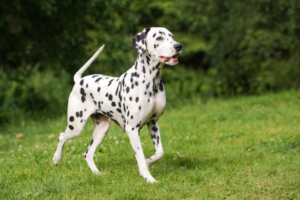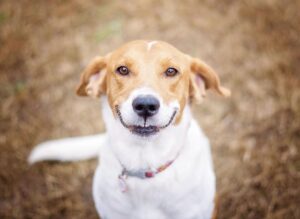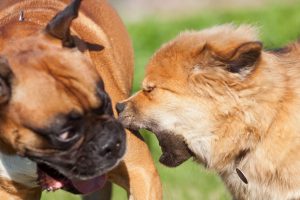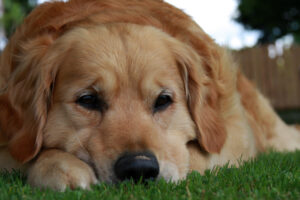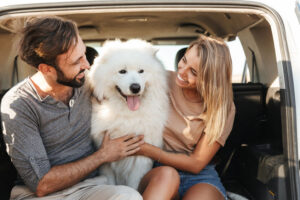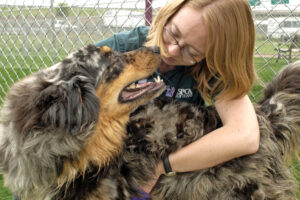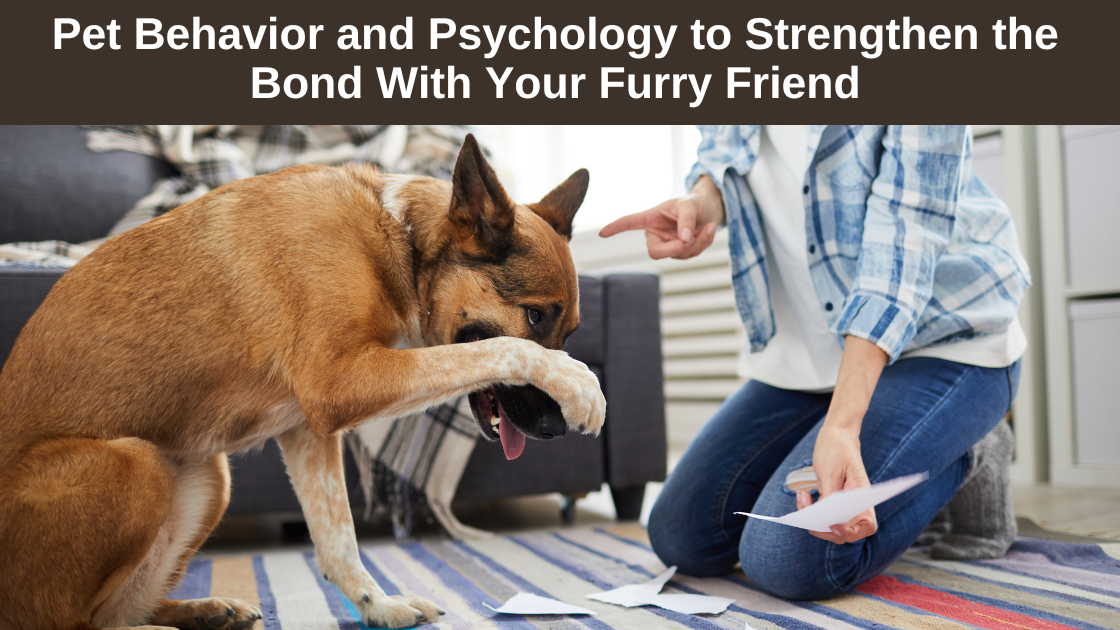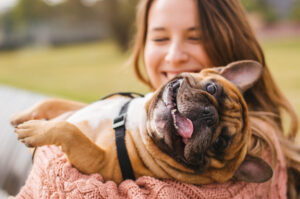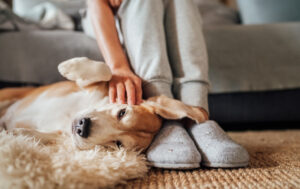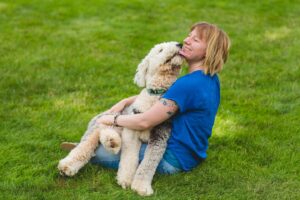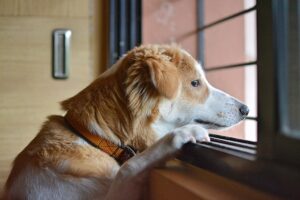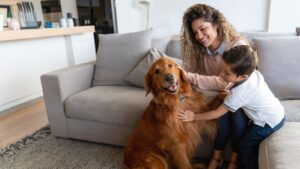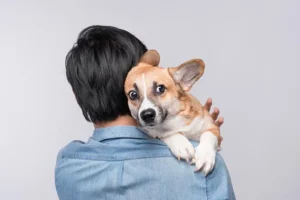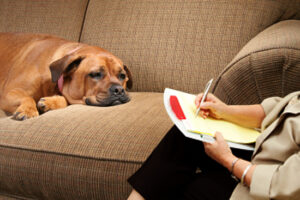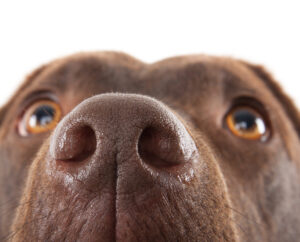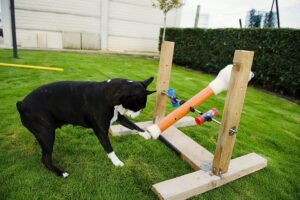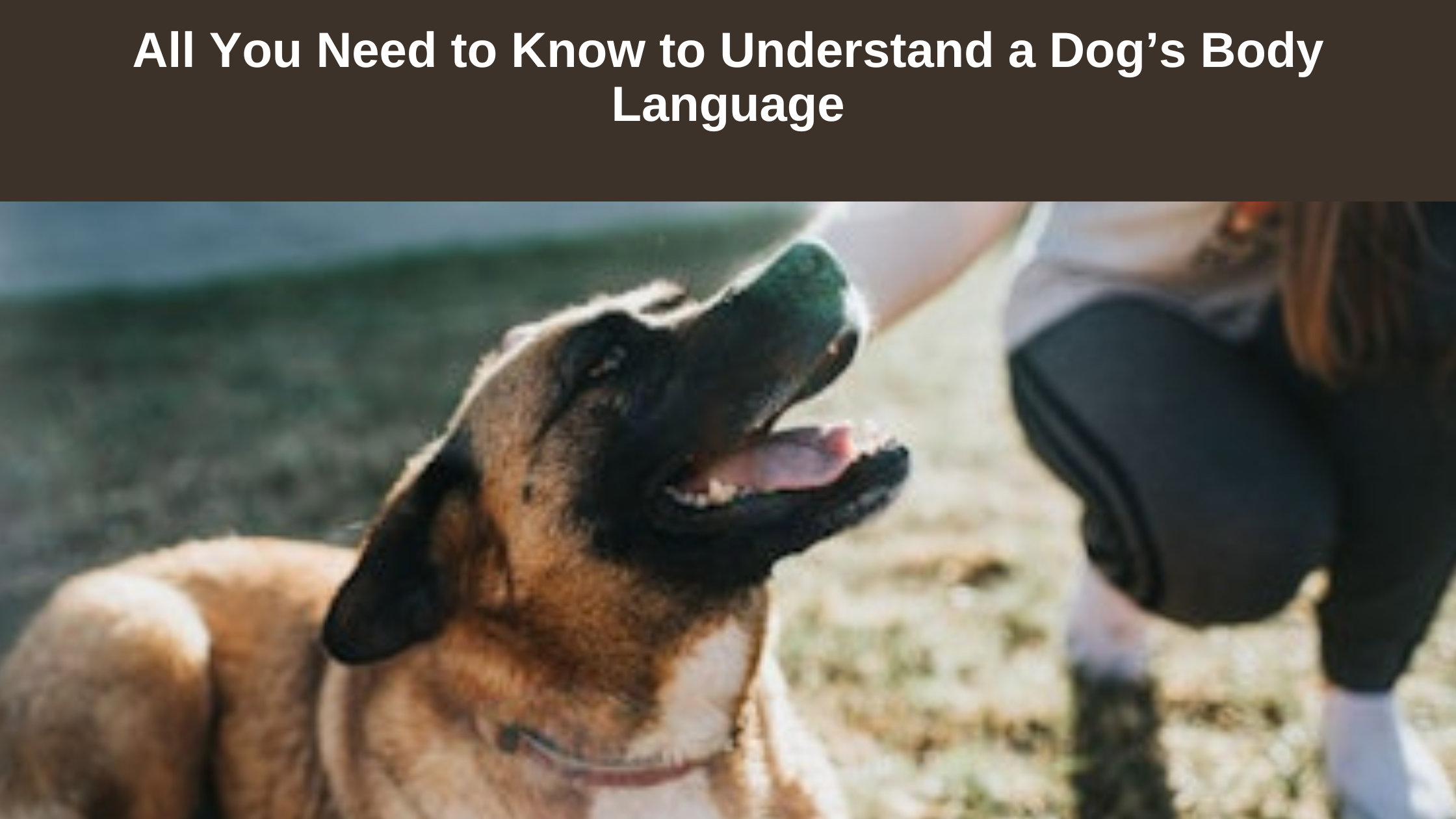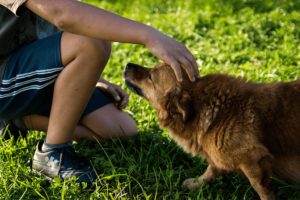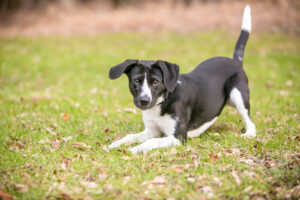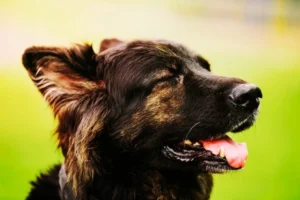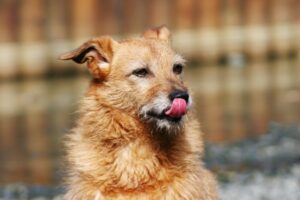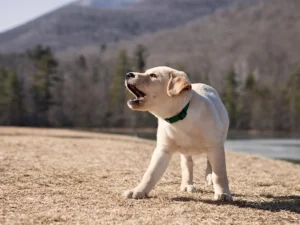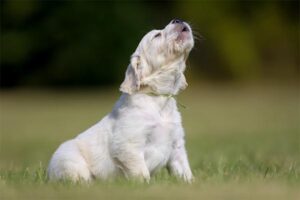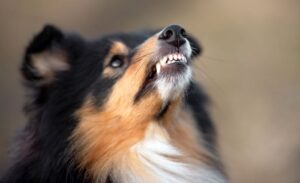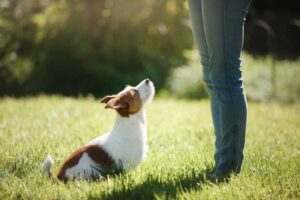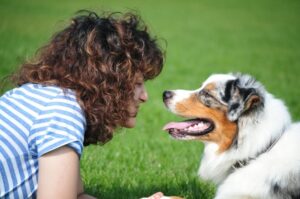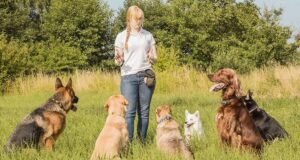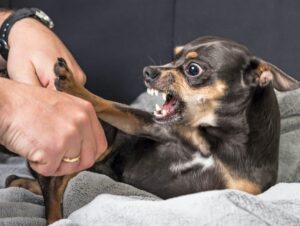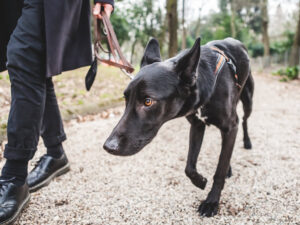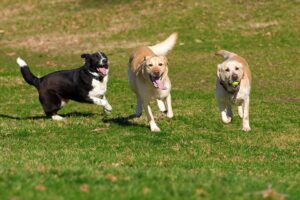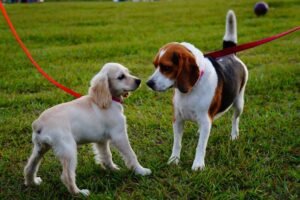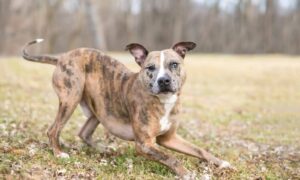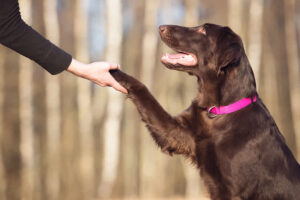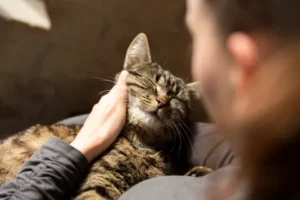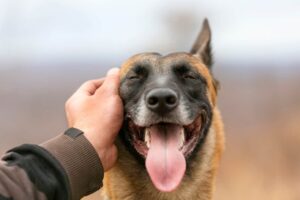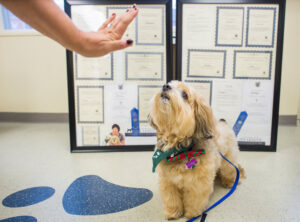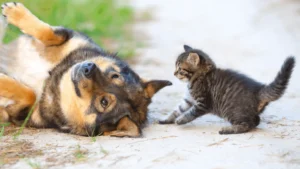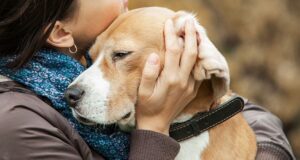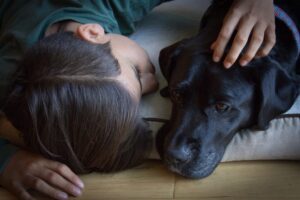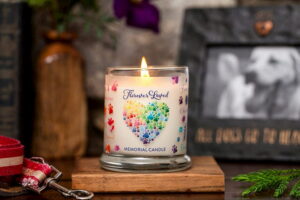Dog agility is a sport for dogs that started in the UK in the late 1970s and has since spread all over the world. The main goal is to lead your dog quickly and accurately through an obstacle course called an agility course. The routes are made to test both the dog’s and the handler’s speed and obedience.
Table of Contents
Introduction
Handlers talk to and guide their dogs through jumps, tunnels, weave poles, and other obstacles by using words, body language, and hand signs. Agility is a sport that is not only hard on a dog’s body but also on its mind. Dogs have to think quickly and make quick choices.
History of Dog Agility
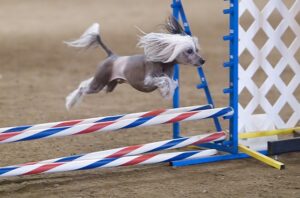
Show jumping events for horses are where dog agility got its start. In the 1970s, dog trainers and dog lovers started holding events to test dogs speed and obedience. This was the start of agility as we know it today. In 1978, at the Crufts Dog Show, the first official dog agility competition took place. The sport quickly became famous.
Since then, dog agility has become a popular sport, with events and championships held all over the world by many different groups. In the U.S., dog agility games are run by groups like the American Kennel Club (AKC) and the United States Dog Agility Association (USDAA). The sport keeps getting better, with new tools and ways to train dogs that make dog agility training more and more interesting.
Agility Training for Dogs
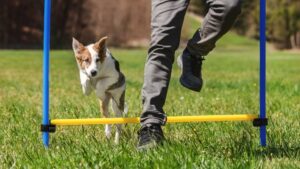
Before jumping into the exciting world of agility events, it’s important to train well and build a strong base. Here are some important dog agility training tips, whether you’ve had a dog before or not.
4 Important Dog Agility Training Tips
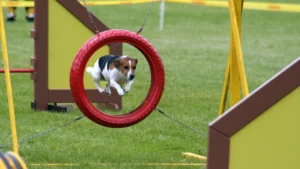
- Start Early: The best time to start agility training for dogs is when he or she is still a puppy. Puppies are like sponges because they are eager to learn and less likely to get into bad habits. Agility training for dogs can be done by dogs of any age, and it’s never too late or too early to start training.
- Patience and Consistency: You need patience and consistency for dog agility training. Break up training lessons into short, regular chunks to keep your dog interested and keep it from getting bored.
- Positive Reinforcement: Use things like treats, praise, and toys to show your dog how happy you are when he does things right. This makes your dog like agility training and makes it more likely to perform well.
- Prioritize Safety: Put safety first during the whole agility training process. Make sure the agility equipment is set up correctly, and keep an eye out for any signs that your dog is hurt or uncomfortable.
Choosing the Right Dog for Agility Training
Not all dogs are good at agility. Your dog’s breed, size, and personality can all have a big impact on whether or not he or she is a good fit for this sport. Dog agility is a sport that any dog can do to some degree, but some breeds are more likely to do well because they are naturally athletic and agile. Some examples of these breeds are the Border Collie, the Australian Shepherd, the Sheltie, and the Jack Russell Terrier.
But this doesn’t mean that dogs of other breeds can’t take part in dog agility competitions. Mixed-breed dogs can do well in agility competitions, and even bigger or less agile breeds can do it for fun.
4 Essential Tips for Finding Right Facilities for Dog Agility Training

Dog agility training often needs special tools and space, so it’s helpful to join a club or training center. Here are some things to think about when picking a dog agility training center:
- Look for Experienced Agility Trainers: Look for places that have experienced dog agility trainers who can help you and your dog through the process of training.
- Access to Equipment: Make sure the facility has all the equipment you need to learn and practice agility.
- Safety Measures: Make sure the center follows safety rules, such as keeping equipment in good shape and having someone watch over training sessions.
- Class Size: Smaller classes allow trainers to pay more attention to each dog, which is especially helpful for newbies.
9 Important Training Equipments for Dog Agility Training
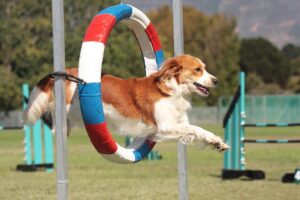
Several pieces of special equipment are used for dog agility training. You can start out with simple tools like jumps and tunnels, but you may eventually want to buy a full set to train like you are in a competition. Common agility equipment includes:
- Standard Jumps: In these, the dog has to jump over a straight bar. You can change the height to fit your dog’s level of skill.
- Tire Jumps: Dogs must jump through a circle-shaped hoop. It trains them to have more accuracy than normal jumps.
- Open Tunnel: It is a long tunnel that can be folded up and through which the dog must run.
- Closed Tunnel (Chute): It is like an open tunnel, but with a fabric cover that can be stretched to make a closed tunnel.
- Weave Poles: A set of vertical poles that the dog has to go in and out of in a snakelike way. Weave poles take a lot of accuracy and are often thought to be one of the hardest obstacles in agility.
- A-Frames: The dog has to climb up and down a steep, triangular barrier. It tests the dog’s confidence and balance.
- Dog Walkway: A dog walkway is a small, raised path with ramps on both ends. The dog walk is for dogs to walk on without falling off.
- Teeter-Totter: A dog balance beam is an obstacle that tilts like a seesaw as the dog walks across it. To get through the obstacle, the dog must be able to control its movements.
- Pause Tables: A dog pause table is a flat area where the dog has to stop and wait for a certain amount of time. It shows how well a dog listens and stays calm.
Building Foundation for Dog Agility Training
Before you start agility training for dogs, it’s important to teach them the basics of obedience and communication. Your dog should know how to do things like sit, stay, come, and walk when you tell it to. These commands are the foundation of agility training for dogs because they give you power over your dog’s movements on agility courses.
6 Obedience Commands to Teach Before Starting Dog Agility Training
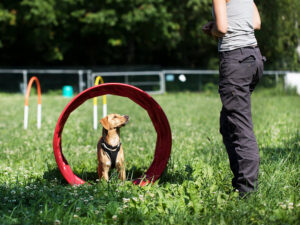
Basic behavior training is the most important part to cover before even starting with agility training for dogs. Here are some important orders for obedience that are very important for agility:
- Sit: Training your dog to “sit” is a good way to get his attention and stay in charge before starting agility training for dogs.
- Stay: You need a reliable “stay” command to stop your dog at pause tables and keep control during course walkthroughs.
- Recall (Come): The “come” order is essential for calling your dog to your side during agility runs or when you need to redirect them.
- Heel: “Heel” helps your dog stay by your side when you walk or run, which is important for going through agility courses together.
- Leave It: Training on “Leave It” command can keep your dog from getting distracted by smells or items on the course.
- Down: The “down” order isn’t used as often as “sit,” but it can be useful if you need your dog to lie down.
6 Tools You Must Have for Agility Training For Dogs
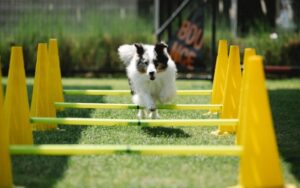
Once your dog knows how to do basic commands well, you can slowly start to introduce agility tools. Here is a step-by-step plan for introducing your dog to some popular agility equipment:
- Jump Tools: Start by training them to jump low, even if you have to use a broomstick or PVC pipe on the ground. Encourage your dog to walk over it or jump if he or she feels safe doing so. As your dog gets more comfortable, gradually raise the height.
- Tunnel Fun: Set up a small, open-ended tunnel and use treats or toys to get your dog to go through it. As they get used to the tube, gradually make it longer.
- Weave Poles: At first, set up just two weave poles and use treats or a toy to lead your dog through them. Add more poles as they get better until you have a full set.
- A-Frame and Dog Walkway: Use treats and praise to get your dog to climb up and down low A-frames or dog walkway equipment. Make sure they are safe and sure of themselves before you raise the height.
- Teeter-Totter: Put the teeter-totter on the ground in a safe position and tell your dog to walk across it. Once they are comfortable, add movement slowly.
- Pause Table: Have your dog sit or lie down on a low “pause table” and give it a treat when it stays still.
Influencing and Rewarding Behaviors
In dog agility training, shaping is the process of getting the dog to do what you want by rewarding small steps in the right direction. For example, when teaching your dog to weave through poles, you would first praise them for moving toward the first pole, then for touching it, and so on, until they could do the weave on their own.
This way, dogs think and solve problems, which makes them more confident and better at agility.
Training in Order
As your dog gets better at each agility challenge, start putting them together in short sequences. For instance, you could make a pattern with a jump followed by a tunnel. This makes it easier for your dog to move from one challenge to the next and gets them ready for full agility courses.
5 Important Techniques for the Dog Trainer

Training for the handler is just as important as training for the dog. Here are some important dealing skills to learn:
- Front Cross: The handler switches sides in front of the dog for the front cross. This is often done to get the dog ready for the next challenge or to change the dog’s direction.
- Rear Cross: Behind the dog, the handler switches places. This is helpful for changing the dog’s path without slowing them down.
- Blind Cross: A combination of the front and rear crosses, where the handler turns sides behind the dog without making eye contact. This can be used to make sharp turns and quick changes in direction.
- Lateral Movement: The owner moves side to side along the course to lead the dog through weave poles or other obstacles.
- Distance Handling: The manager tells the dog what to do from afar without having to be right next to it. This helps keep up speed and works well on the track.
Note: There might be affiliate links mentioned here. We may receive a commission if you purchase a product through an affiliate link. There is no additional charge for you. Please do your own research before making any online purchases.
10 Common Tools for Dog Agility Training
It’s important to know the different kinds of agility tools in order to train and compete well. Each piece of equipment has its own hurdles and requires the dog and handler to have different skills. Let’s look at some popular obstacles in agility training for dogs:
- Jumps
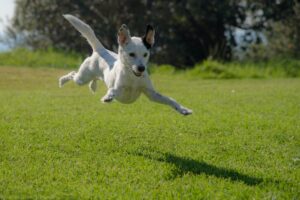
Jumps are an important part of agility training for dogs, and there are many different kinds. The main goal is for the dog to get over the jump without knocking down any bars or poles. Here are a few different kinds of jumps you might see:
- Standard Jumps
Standard jumps have a horizontal bar that is held up by vertical posts. There are two main kinds:
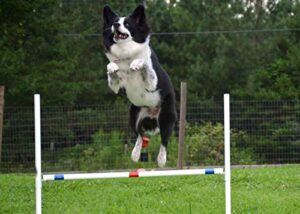
- Single Bar Jump: This is the most basic type of jump. It consists of a single horizontal bar. The bar’s height can be changed to fit dogs of different sizes and skill levels.
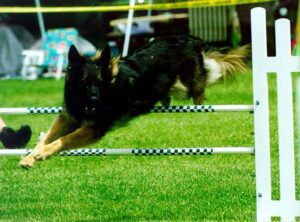
- Double Bar Jump: This jump has two horizontal bars that are usually set at different heights to make a spread. Dogs have to jump over both bars without knocking them down.
- Tire Jumps
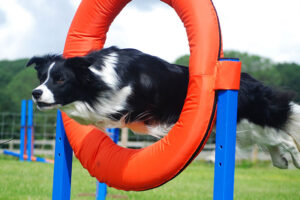
Tire jumps are more difficult because dogs have to jump through a circle. The dog must jump over the tire without touching it. This challenge tests how accurate and quick the dog is.
- Panel Jumps
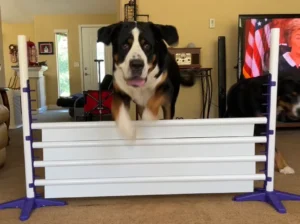
Panel jumps have a thick piece of wood with a hole in it that the dog has to jump through. These jumps come in different forms, like a square, a triangle, or something else. Panel jumps require dogs to clear the middle of the panel when they jump.
- Tunnels
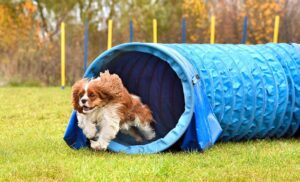
Tunnels are another popular agility obstacle that tests a dog’s speed and courage. Dogs have to go through the bends and turns of the tunnel and come out on the other side. Tunnels come in two main types:

- Open Tunnel: An open tunnel is a long tube made of cloth that can fold up. It stays open on both ends, so dogs can see right through it as they walk in. The dog follows your directions and runs through the tube.

- Closed Tunnel: A closed tunnel, also called a chute, is similar to an open tunnel, but it has a fabric cover that can be stretched to make a closed tunnel. The dog has a hard time getting in because they can’t see through the covering. Most closed caves have a “window” near the exit that helps the dog find its way out.
- Weave Poles
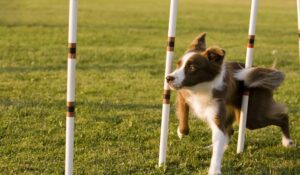
One of the hardest things to do in agility training for dogs is weave poles. They are made up of a row of sticks that stand straight up. The dogs have to weave in and out of the poles. They usually start with the pole to the left of the owner. Weave poles show how fast and agile a dog is and how well it can follow a set path.
- A-Frames

A-frames are triangle-shaped buildings with a steep slope on one side and a gentle slope on the other. The dogs have to go up one side and down the other. A-frames test a dog’s balance, confidence, and ability to go up and down on different levels.
- Dog Walkway
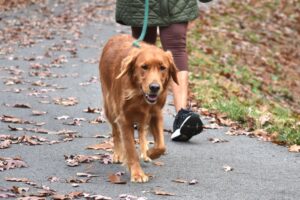
The dog walkway is a raised, narrow path with ramps on both sides. The dog walkway is for dogs to walk on without falling off. This obstacle tests the balance and agility of a dog.
- Teeter-Totters

Teeter-totters, or “teeters,” are hurdles that look like seesaws and have a plank that tilts when a dog steps on it. Dogs have to walk across the teeter-totter, which makes it tip and then get back on their feet so they can keep going. Teeters test a dog’s balance, trust, and ability to stay in charge.
- Pause Tables
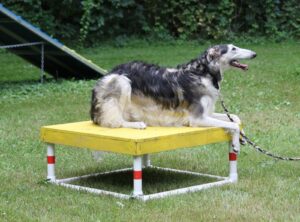
Pause tables are flat stages where dogs have to stand still for a certain amount of time, usually a few seconds. During a run, this obstacle tests a dog’s ability to obey and keep calm.
Each obstacle in agility training needs a different set of skills and techniques. This makes agility training a complete and varied activity for both dogs and their handlers.
Important Dog Agility Training Tips
When conducting agility training for dogs, you should always put your dog’s safety and well-being first. Here are some important things to think about to keep your dog healthy and safe:
5 Important Dog Agility Training Tips for Getting Started
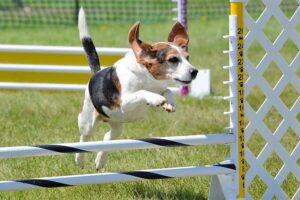
Take the following steps before every dog agility training or competitions:
- Warm-Up: To get your dog’s muscles ready for exercise, start with a warm-up routine. This can be done by jogging lightly, stretching, or doing controlled movements.
- Cool Down: After training or a race, give your dog time to slowly cool down. This can be done by walking and stretching to keep the muscles from getting stiff.
- Check Equipment: Look at all of the agility gear to make sure it is safe and in good shape. Mishaps can happen because of broken tools.
- Proper Footing: Make sure the training surface has good grip and is free of dangers like sharp items or surfaces that slip.
- Hydration: Make sure your dog is well hydrated before, during, and after training or a fight. Bring water and a bowl for your dog with you.
4 Important Dog Agility Training Tips for Health Care

During training and competition, check on your dog’s physical and mental state often:
- Breathing: Keep an eye on how fast your dog is breathing. Heavy or difficult breathing can be a sign of tiredness or being too hot.
- Body Temperature: Know the temperature of your dog. Dogs can get too hot quickly, especially when it’s hot outside. As needed, give breaks with rest and water.
- Lameness or Pain: Look out for signs of stumbling, pain, or lameness. If your dog seems to be in pain or is favoring a leg, stop training right away and, if necessary, take him to the vet.
- Stress and Anxiety: Keep an eye on how stressed out your dog is. Agility can be fun, but for some dogs, it can also be frightening. If your dog seems worried or stressed, give it a break and reassure it.
5 Important Dog Agility Training Tips for Preventing Injuries
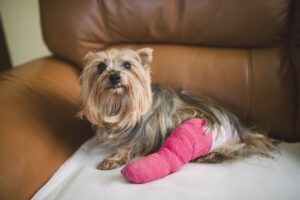
In agility, your dog can get hurt, but it can be avoided with the right training and care:
- Gradual Progression: To avoid overworking yourself and getting hurt, make agility exercises and jumps or hurdles harder and higher over time.
- Form: Make sure your dog uses the right form when going around objects. Sprains and pulls can happen when you move wrong.
- Recovery Time: Give your dog enough time to rest and get ready for the next training lesson or competition. When your dog works too much, they can get tired and hurt.
- Age and Health: When making training plans for your dog, think about how old it is and how well it is in general. Dogs that are older may need more time to heal, and dogs that already have health problems may need different exercise routines.
- Cooling Down: You should always let your dog cool down after an agility session. This keeps muscles from getting stiff and can lower the risk of getting hurt.
Regular Veterinary Care
Regular visits to the vet are important for agility dogs because they can help find and treat health problems before they get worse. Talk to your vet about your dog’s agility training and competition plan to make sure he or she is fit for the sport.
In short, safety and health should be a big part of your dog’s journey through agility. By taking these measures and keeping an eye on your dog’s health, you and your dog can enjoy the sport while reducing the chance that your dog will get hurt or sick.
Getting Into Dog Agility Competitions
To do well in dog agility competitions, you need to know the rules and regulations, sign up for events, groom your dog well, and mentally get ready for the challenges.
4 Levels of Dog Agility Competitions
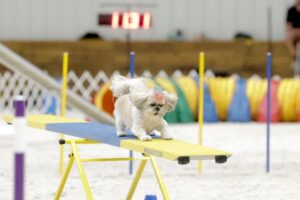
Most dog agility competitions have different classes and divisions based on things like the size of the dog, its level of experience, and the rules of the organization. It’s important to know about these lessons and choose the ones that work for you and your dog. Some common levels of dog agility competitions are:
- Novice: Novice classes are for dogs who are just starting out. They have easier courses and smaller jump heights. They are a great place to start for dogs who are new to the sport.
- Open: Dogs and trainers with more experience can take open classes. The routes are more difficult because the jumps are higher and there are more obstacles.
- Excellent or Masters: These classes are for dogs and trainers who are very good at what they do. Courses are hard, and there is a lot of competition.
- Jump Height Divisions: To make sure the fight is fair, dogs of different sizes are often put into different jump height divisions. Know how high your dog can jump based on how tall they are at the shoulder.
4 Steps to Signing Up for Dog Agility Competitions
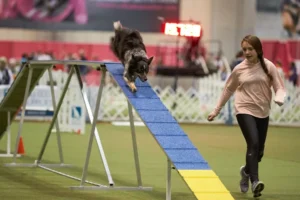
Once you know which class and division your dog should be in, you can start signing up for agility events. Here’s what to do first:
- Choose an Event: Look for agility events or challenges in your area or not too far away. On their websites, agility groups like the AKC and USDAA list upcoming events.
- Sign Up Ahead of Time: Most agility competitions ask you to sign up ahead of time. Make sure to sign up early to get a spot and avoid problems at the last minute.
- Prepare Your Paperwork: You might need to show proof that your dog has been vaccinated and that he or she is registered with the agility group. Make sure that all of the paperwork is up-to-date.
- Essentials: Make a list of things you need to bring to competitions, like your dog’s gear, food, water, grooming tools, and any paperwork you need to bring.
4 Grooming Tips for Dog Agility Competitions
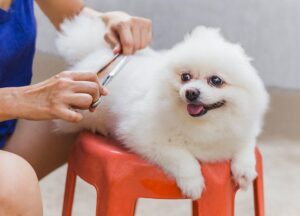
Even though agility is not a beauty contest, grooming and appearance do matter in contests. A clean and well-groomed dog can make a good impression on the judges. Here are some ways to look good:
- Regular Grooming: Regular grooming will keep your dog’s hair in good shape. Make sure their fur is clean and not tangled or matted.
- Nails: Keep your dog’s nails short so they don’t get caught on agility tools.
- Cleanliness: Before going into the competition ring, make sure your dog is clean and free of any dirt or waste.
- Dress Right: Wear the right clothes for agility events. Wear clothes that are comfortable and shoes that are made for running with your dog.
6 Tips for Mentally Preparing for Dog Agility Competitions
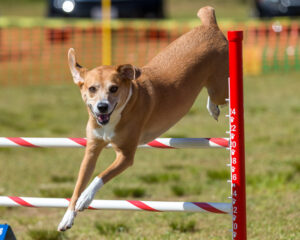
Dog agility competitions can be hard on both the dogs and their handlers’ minds. To do your best, think about the following ways to prepare your mind:
- Course Walkthrough: Before you run, get to know the plan of the course and study it carefully. Think about your road and how you will handle it.
- Stay Calm: Don’t let your fears get the best of you. Your dog’s success can be hurt by anxiety. Take deep breaths and pay attention to the agility tasks.
- Positive Mindset: Keep a positive mindset. Don’t dwell on your dog’s mistakes; instead, praise and cheer him on.
- Focus on Communication: During your run, stay in touch with your dog. Guide them through the course with clear, consistent orders and body language.
- Adaptability: Be ready to deal with events that you didn’t expect on the course. Quick thinking can make a difference and is a sign of agility.
- Sportsmanship: Remember that agility events are for both you and your dog to have fun and learn new things. No matter what happens, show good manners.
5 Dog Agility Training Tips for Course Walkthrough

Use the time to walk through the path before your run. Carefully walk the path and keep an eye out for the following:
- Obstacle Order: Remember the order of the obstacles on the path.
- Handling Strategy: Make a plan for how you’ll handle your dog, including where you’ll stand so you can lead it well.
- Possible Challenges: Look for possible challenges, like tricky turns, tight areas, or other things that might get in the way.
- Alternative Routes: Think about other routes or ways to handle your dog that might be better suited to his skills and weaknesses.
- Visualization: Picture yourself and your dog finishing the race well. Practicing in your mind can boost your confidence.
4 Dog Agility Training Tips for Staying Calm

Agility events can be scary, but it’s important to keep your cool. Here’s how to keep your cool when things get tough:
- Deep Breathing: Do deep breathing exercises before you go into the ring to calm your nerves.
- Focus on the Present: Instead of worrying about the whole course, focus on the next obstacle or job.
- Positive Self-Talk: Instead of bad thoughts, tell yourself good things. Remind yourself of how well you trained your dog and what you did to get ready.
- Accept Flaws: You should know that no run is perfect. Mistakes happen, and they give you a chance to learn and get better.
5 Dog Agility Training Tips for Better Communication
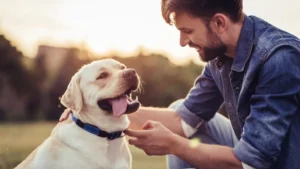
During competitions, you must be able to talk to your dog in a clear and successful way:
- Consistent Commands: Use the same voice commands and hand signals over and over again so your dog gets used to them.
- Eye Contact: Look your dog in the eyes to let them know what you want and to keep their attention.
- Encouragement: During the run, give praise and words of support. Your excitement can get your dog going.
- Precise Timing: Timing is a key part of movement. Give your dog commands and cues at the right time to lead it well.
- Stay in Sync: Move in the same way as your dog. Think about what they might do and adjust your actions accordingly.
5 Dog Agility Training Tips for Timing and Strategy
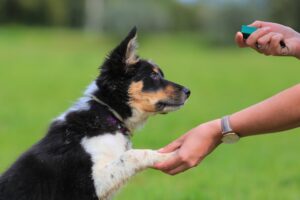
Agility is a timed sport, so it’s important to have a plan and know when to act:
- Handling Strategically: Plan your handling methods to save time and keep your dog’s speed up.
- Efficient Turns: Pay attention to how you turn and try to avoid needless delays.
- Speed Control: Learn to control your dog’s speed because slowing down or speeding up at the right times can make a difference.
- Transitions: Practice making smooth moves between hurdles to cut down on downtime.
- Study Course Maps: If they are available, look at course maps ahead of time to get a feel for how the course will run and to spot potential problems.
4 Important Dog Agility Training Tips for Sportsmanship
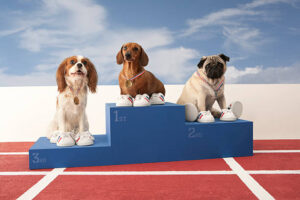
In dog agility competitions, it’s important to be a good sport.
- Respect Others: Be kind to your fellow competitors, the judges, and the people in charge of the dog agility competition.
- Accept the Results with Grace: No matter what happens, you should accept the results with grace. Enjoy your wins and learn from your mistakes.
- Cheer for Other Competitors: Even if they are your rivals, applaud and cheer for other competitors. The agility group is better when people help each other out.
- Learn and Grow: Look at each battle as a chance to get better and grow. Look at how your runs went and make changes as needed.
FAQs
When should I start dog agility training?
The best time to start dog agility training is when the dog is still a baby. Since puppies are eager to learn, now is a great time to teach them agility. Agility, on the other hand, can be done by dogs of any age, and it’s never too late to start training.
What is the most important part of dog agility training?
The most important part is patience and consistency. Break up training lessons into short, regular chunks to keep your dog interested and keep him from getting bored.
What is the best way to dog’s agility training?
Treats, praise, and toys are all great ways to learn agility because they are positive reinforcements. Your dog will learn to like agility training if you use these methods to praise him when he does things right.
How can I make sure that dog agility training is safe?
Put safety first by making sure the agility equipment is set up correctly and keeping an eye on your dog during training lessons for any signs of pain or injury.
Can any dog do agility, or are there some types that are better at it?
Any dog can do agility, but some breeds are more likely to do well in the sport because they are naturally athletic and quick. Some examples of these breeds are the Border Collie, the Australian Shepherd, the Sheltie, and the Jack Russell Terrier. But mixed-breed dogs and breeds that are bigger or less quick can also do agility for fun.
Should I enroll in a training facility or club for dog agility training?
Joining a training center or club can help with dog agility training because it gives you access to experienced trainers, the right tools, safety rules, and often smaller class sizes so you can get more one-on-one attention.
What are some popular types of equipment used in agility?
Jumps, tunnels, weave poles, A-frames, dog walkways, teeter-totters, and pause tables are all common agility tools. These hurdles test a dog’s jumping, weaving, balance, and obedience, among other things.
What are the most important basic obedience commands for teaching agility?
For agility, the most important obedience commands are “sit,” “stay,” “come,” “heel,” “leave it,” and “down.” These orders are the basis for keeping your dog under control during agility courses.
How do I prepare my mind for agility competitions?
Mental preparation includes walking through the course, staying cool under pressure, keeping a positive attitude, focusing on communicating with your dog, being ready for the unexpected, and being a good sport.
What are some handling techniques in agility?
There are different handling techniques in agility, such as front crosses, back crosses, blind crosses, side movement, and distance handling. With these tips, you can help your dog do well on agility courses.
Conclusion
Dog agility is a fun and hard sport that shows off how fast, smart, and good at working together dogs and their handlers are. Agility has won the hearts of dog lovers all over the world. It started as an offshoot of show jumping for horses and has grown into a global craze.
Dog agility training means giving your dog a strong grounding in obedience, introducing equipment slowly, and learning how to handle it well. Safety and health are the most important things to think about, so that your dog can enjoy the sport and get hurt as little as possible.
To get ready for dog agility competitions, you need to know the classes and divisions, sign up for events, groom your dog, and mentally get ready for the tasks. To do well in dog agility competitions, you need to carefully walk through the course, stay calm under pressure, communicate clearly with your dog, use good timing and strategy, and show good teamwork.
In the end, agility is about the joy of the trip, the bond between dog and handler, and the thrill of completing difficult courses together. Whether you’re a beginner or a seasoned competitor, the world of dog agility offers a lot of chances to learn, grow, and have fun with your dog. So, grab your dog’s leash, put your energy to good use, and go on an agility adventure with your dog!




